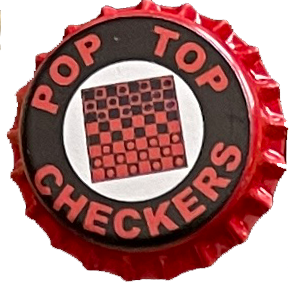Historic Waxhaw, NC
The Town of Waxhaw is located only 20 minutes from south Charlotte and approximately three miles from the South Carolina state line.
Dating back to the 1700s, Waxhaw is one of the oldest towns in Union County, taking its name from the Waxhaws (originally called the Wysacky), an Indian tribe that once inhabited the area. When chartered in 1889, Waxhaw established its rightful place as the third oldest town in Union County.
With a population of over 21,673 people, Waxhaw has managed to maintain its small town charm and yet continue to achieve quality growth. The Waxhaw Historic District at the heart of town is on the National Register of Historic Places and boasts proud old buildings and unique attractions.
To learn more about Historic Waxhaw, please visit the interactive map that allows users to learn the history of many historic commercial buildings and residences located in our National Register of Historic Places: Historic Interactive Map.


The former R.J. Belk store, now the beautifully restored home of the Waxhaw Woman’s Club, was built around 1894. After the Belk store closed in 1936, the building housed a variety of enterprises including a church and a bowling alley. Perhaps best known to local long-time residents is its time as Gamble’s Drug Store. The Belk family donated the building to the Waxhaw Woman’s Club in 1971. It was restored and a kitchen addition completed in 2009. It is now used as a meeting place for the club as well as a center for community activities, various celebrations, and private rentals.
In 1911, William Henry (W.H.) Collins, purchased the then McCain and King Livery Stable business, located at corner of S. Main and S. Broome St. Livery stables in those times were essential to the day-to-day lives of people. Area residents who had come into town to stock up on supplies, often stabled their horse or mules there for the day, where the animals would receive feed, water and shelter. Travelers could rent horse and buggy for transportation. Saddles, harnesses and wagons were sold. Mules were staged there in large common stalls to be sold to farmers. Horses and mules could be fitted with and have new shoes securely nailed on by the farrier. You most likely would find a checkers game going on as well. It was indeed a busy, active place. By 1923 the business was renamed W.H. Collins and Son.



